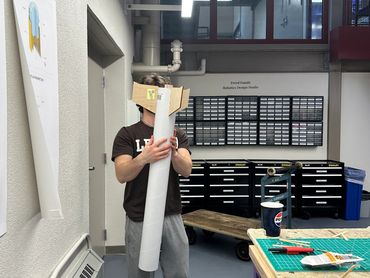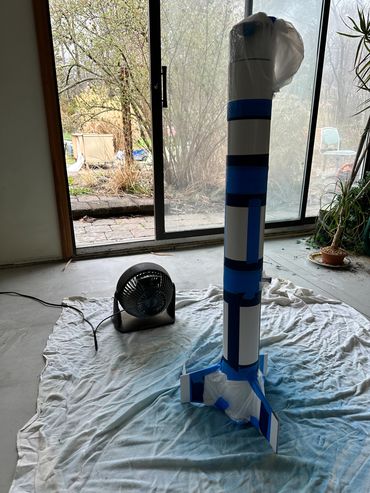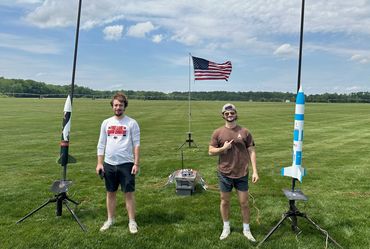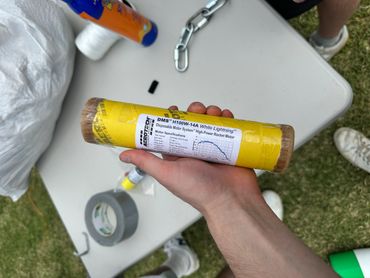
Throcky the high power ballistic rocket
The National Association of Rocketry (NAR) requires you to build and successfully fly a Level 1 (L1) certification rocket to ensure you have the skills, knowledge, and safety awareness needed to handle high-power motors. The process is meant to demonstrates that you can design, construct, and launch a rocket that safely uses H-class or larger motors. Throcky was my successful attempt at gaining certification. If your wondering why the name Throcky, this rocket was named as a tribute to the name used for many practice problems in my physics textbook, throckmorton. Why did my textbook use this name? Beats me too.
High Power Rocketry & NAR Certification
High power rocketry (HPR) means launching rockets that are larger, faster and more powerful than typical model rockets. These rockets that classify as HPR exceed impulse classes above 160 Newton-seconds and require special certifications to fly in the US. Getting certified to fly higher power motors allows me to be able to build larger projects, experiment more, and practice more skills in rocketry. With faster flying rockets stable design becomes important, introducing the opportunity to practice machining, composite work and FEA. When teams of engineers get certified together (like we do with the Lehigh Rocketry Team), we all get to learn and watch each other develop.
NAR stands for the National Association of Rocketry, and its the main U.S. organization that sets saftey standards, provides insurance, and offers certifications for hugh power rocketry. Levels of certification go from L1 to L3. L1 solid motors are about the size of a plastic water bottle, L2 a baseball bat or large thermos, and L3 like a fire extinguisher or small propane tank and above. Gaining certification is done through a series of flights using higher class motors, and proving you can design, build, and safely recover your system. I currently hold my level 1 certification, and aim to get my level 2 this year.

Rocket simulation software
How do you build for success?
Simulation. Great flights start with solid math and thorough ground testing. At Lehigh Rocketry, we use OpenRocket, an incredibly popular simulation tool among hobbyists and rocketry teams alike. OpenRocket lets users define key parameters like vehicle dimensions, weight, and motor specs to simulate flight performance. While simulations don’t always match real-world outcomes exactly, they’re essential for identifying critical thresholds for staging, deployment, and recovery.
OpenRocket Download
OpenRocket is a free, open-source software used widely in the rocketry community. It’s incredibly useful for designing and simulating rocket flights, and with its intuitive interface, you can start building and testing virtual launches in just a few hours. Below is a link to download for your operating system.
Photographs + Videos












Certification Flight
Please don't mind my *over excited* tone at a successful main deployment...
